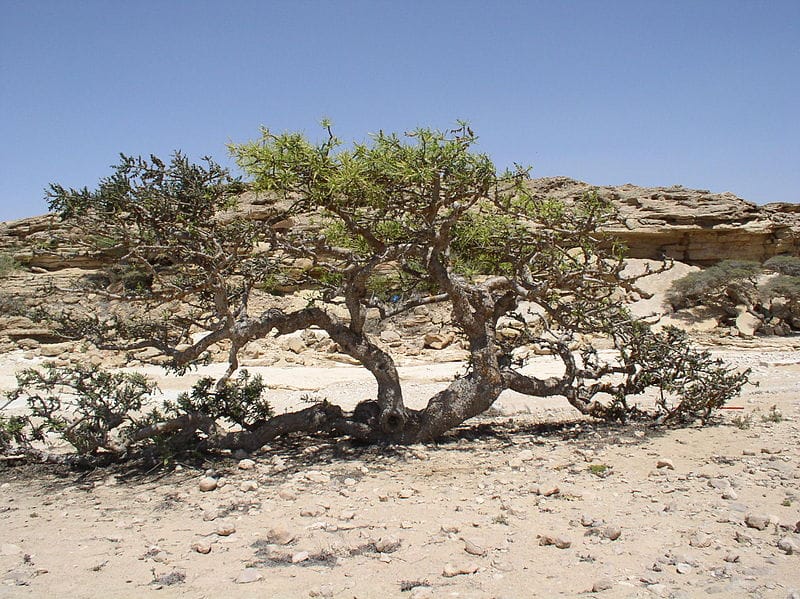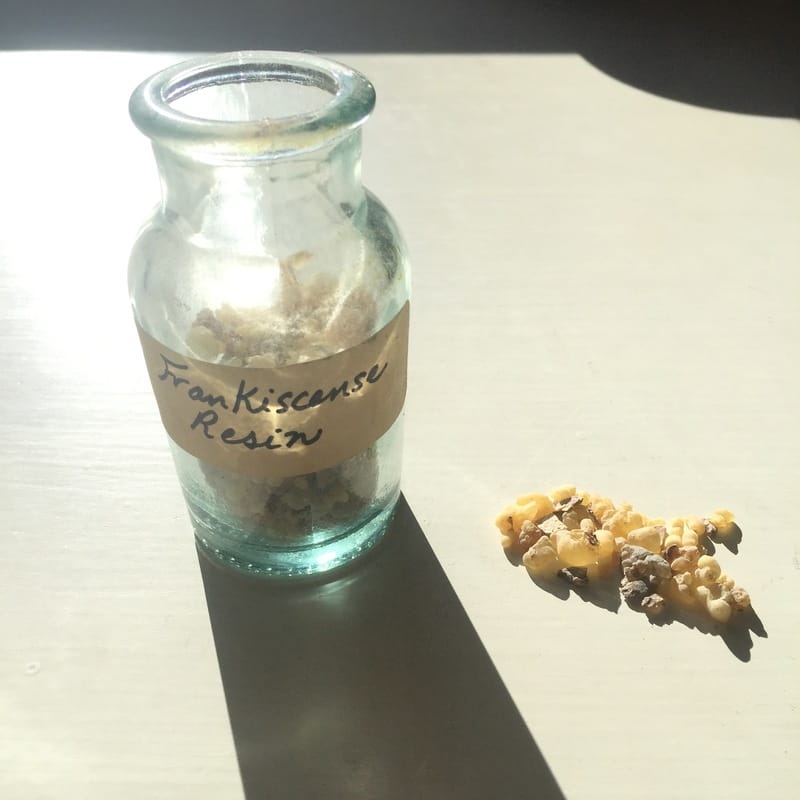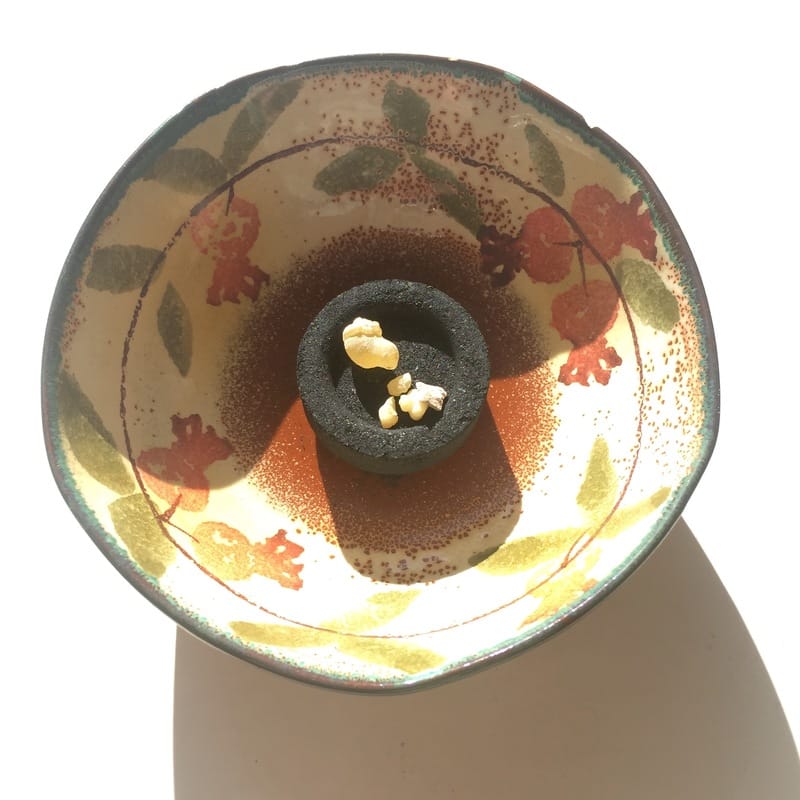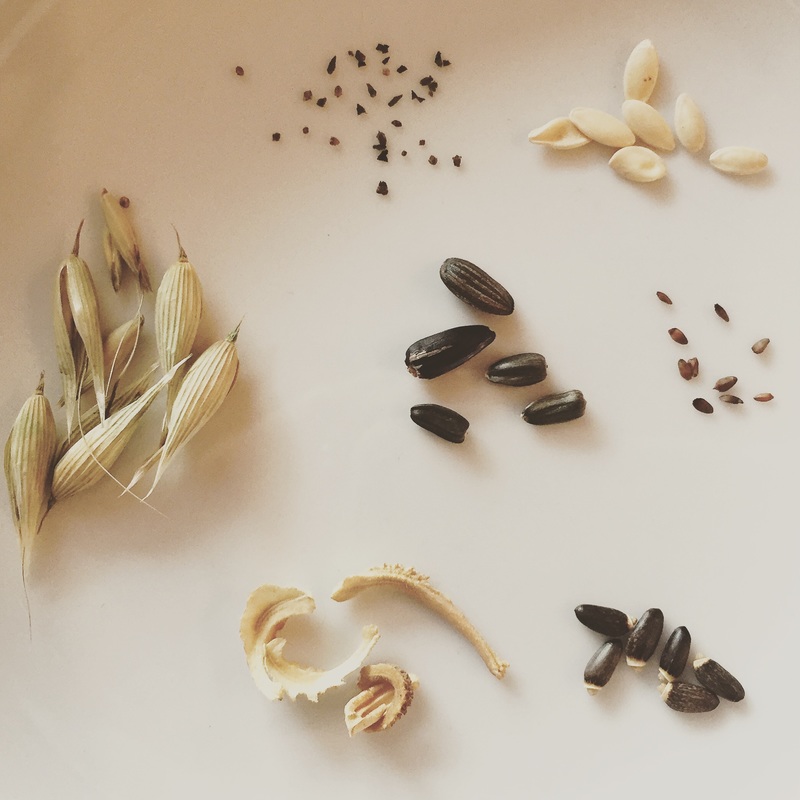|
Frankincense is a small, shrubby tree that is native to hot, dry, desert climates. The resin of this fascinating plant — native to India, Oman, Ethiopia, Somalia, Yemen and Saudi Arabia — has been used for over 5,000 years. It has been highly regarded as a medicine, an aromatic perfume, a ceremonial tool, and was once worth even more than gold.
Perhaps you are familiar with the scent of frankincense — often burned as incense in religious ceremonies. Or perhaps you are more familiar with the essential oil — sometimes referred to as olibanum. The oil is commonly used in aromatherapy for soothing chronic stress and anxiety, reducing pain and inflammation, and boosting immunity. It is also an ingredient in many natural skin care products because of its anti-inflammatory properties. Frankincense is believed to help protect and heal skin cells and is used to reduce acne, prevent wrinkles and slow signs of aging. It is an astringent, meaning that it helps to tighten and tone loose, sagging or lax tissues. The essential oil can be added to any moisturizing serum as a nice, supportive addition to a daily skin care routine. Its physical properties also make frankincense a powerful antiseptic; it is used to eliminate bacteria and viruses, and can help disinfect an area — use it as an aromatherapy spritzer or burn the resin for this purpose. The astringent action of this plant can also help eliminate phlegm and congestion in the lungs. For mucous-y situations that seem to hang around in the respiratory system or sinuses, try frankincense as it will not only help to dry up mucous but will also act as an anti-inflammatory in the nasal passages, making breathing easier. Finally, when rubbed on the body topically frankincense oil can improve circulation and the symptoms of joint or muscle pain in arthritic and rheumatic conditions. It tends to have a soothing effect for any sort of bodily inflammation. Let’s speak a bit of the more esoteric and spiritual aspects of this amazing resin… Frankincense is a venerable old tree, in use for thousands and thousands of years. It was so highly treasured that it was brought as one of the gifts of the Wise Men to be presented at Jesus’ birth. The resin was also found in the tombs of Egyptian mummies, used not only as an embalming agent, but also as an offering to help the departed souls make their journey to the afterlife. Amongst many cultures around the world the fragrance of this resin was believed to increase one’s spiritual connection and intuition. The Chinese called it “fanhunxiang” meaning “calling back the soul fragrance.” It is often used in meditation, since the scent is calming, grounding and pleasant to the senses. It helps one to become more present in the moment and encourages feelings of peace. Several religions use frankincense incense in their ceremonies. It may be used to prepare the environment for ritual, and is said to call forth the angels and other invisible beings to assist in creating sacred space. Symbolically, the smoke that rises as the resin burns helps to carry prayers and offerings to Heaven. HOW TO USE Make Frankincense Water: Place 4-5 small pieces of resin in a quart sized jar. Cover with boiled water, cap, and let steep for a few hours or overnight. The resulting liquid will be light in color and a bit cloudy. Drink up to a cup or so a day, using your taste buds to guide you on your own proper dosage. This tea comes in handy when you are feeling congested. Many people also drink it to help with arthritic or painful joints. Use the essential oil topically: Dilute 10 - 15 drops of frankincense essential oil in 1 oz. of a carrier of your choice (olive, jojoba, grapeseed, or almond oil) and rub onto the skin. This is useful for scarring, acne, wrinkles and painful joints. Burn the resin: To burn the dried resin use a small charcoal disc (often sold to use in hookahs). Light the charcoal outside on a fire-proof dish and when it finishes smoking and sparking it should simply glow. Place 1 to 3 small pieces of resin on the charcoal and it will start to burn immediately. The resulting incense is pleasant and sweet and can be used to clear and purify the air. NOTE: Frankincense should not be used during pregnancy, because of its emmenagogue and astringent qualities. At this time of year I always think about seeds. I imagine the many multitude of seeds lying just below the surface, safe and quiet in their dark bed of soil. They are right below us, waiting and resting.
Seeds have an especially timely message to share with us. They ask us to remember what power there is in stillness and darkness, in rest and inactivity. Without this period of dormancy the seeds would not be able to burst out of their shells and emerge through the soil. Without the underground rest and darkness they would not be able to flourish in the spring. Most of us find it very difficult to have periods of true rest. There is too much that calls our attention, so much that needs "doing." But perhaps in some small, simple ways you can carve out a few moments of each day to be still like a seed. See if you can become more aware of all the inner parts of yourself that need nurturing, especially those parts that are resting and waiting until it is time to be expressed. Like a seed, think about what beauty you want to bring into the world, when the timing is right. What do you need to nurture in yourself now so that you can emerge more fully when spring arrives? |
Categories
All
Archives
January 2022
|



